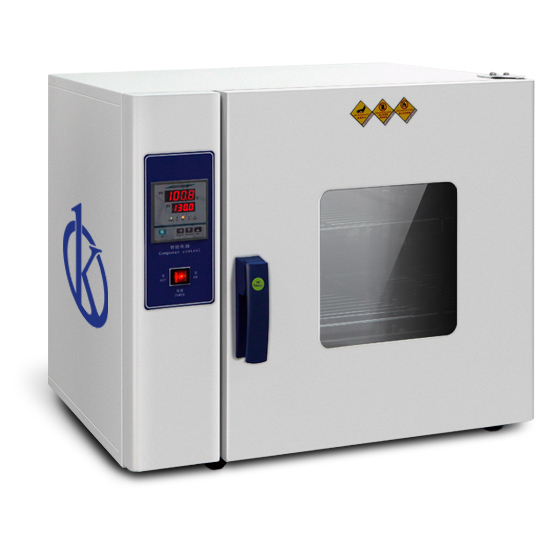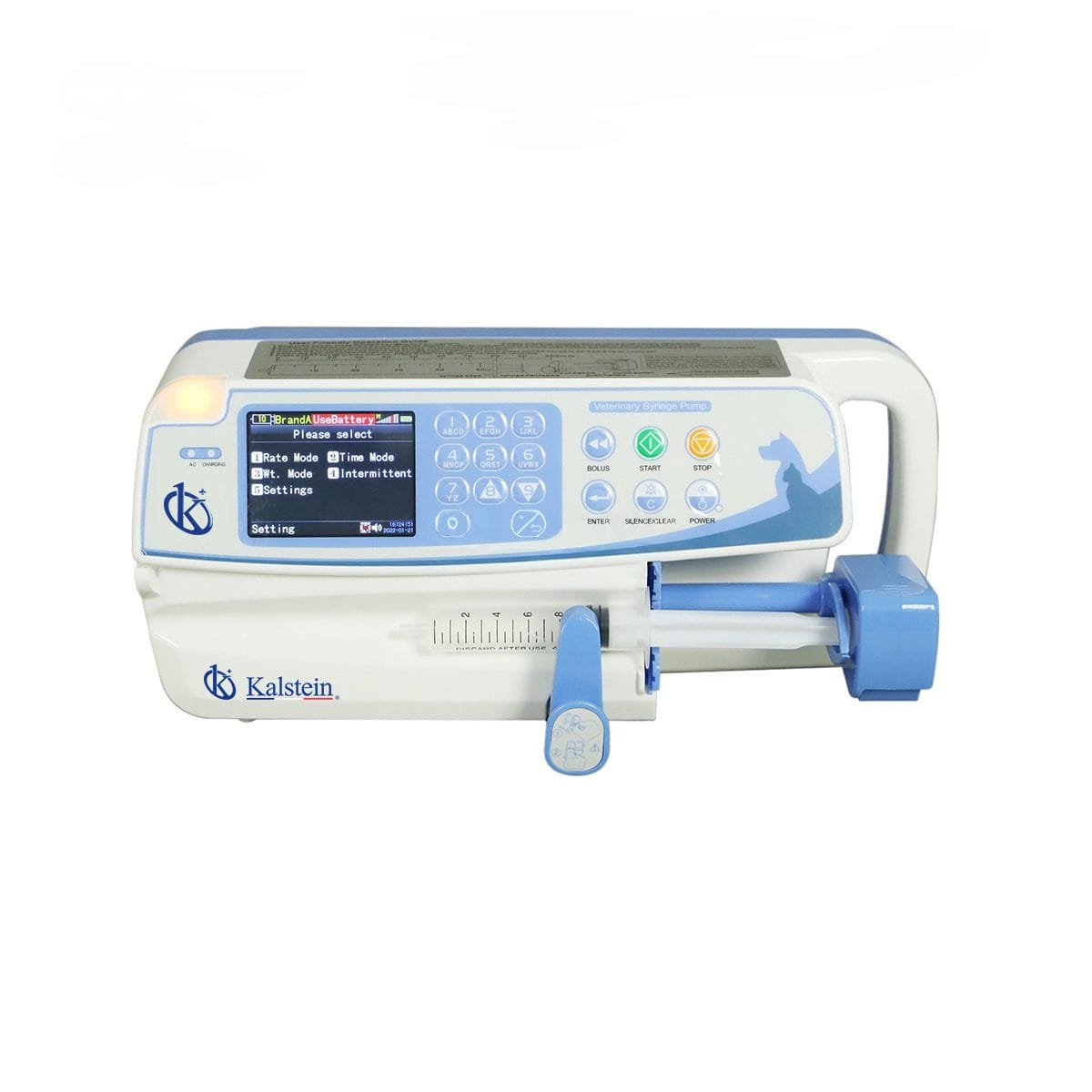The laboratory stove is an instrument used to dry and sterilize glass containers, which come from a laboratory wash. In other words, this cavity chamber, which will have a higher temperature than the ambient temperature, will remove all the moisture from the metal or glass container.
The sterilization that is effective inside this stove is called dry heat and is only carried out at a temperature of 180 degrees Celsius for a period of 2 hours. The process of this is that the glass when heated, by a high temperature air, eliminates the possibility that any biological activity is found.
The ovens have different uses within a laboratory, standing out for being used with glass or metal laboratory implements. They are also used to carry out handling and sterilization work on different biological elements in order to obtain a specific result.
What material are these equipment made of?
The drying oven or oven is manufactured inside and outside with stainless steel material, for which it has great durability, and thanks to a microprocessor it has uniformity in temperature. It is controlled through a digital manual.
What should be considered when choosing a laboratory ovens?
The laboratory ovens are specially designed with an internal stainless steel chamber, with which they ensure that they can control temperatures that can range from room temperature to 300 ° C.
It is also very important to keep in mind that nowadays we can find different types of models, which can be analog or digital. In general, these ovens or ovens allow researchers to set the desired temperature and time according to the protocols under which they are working, depending on the type of metal and glass material.
General characteristics of laboratory ovens
Laboratory ovens have a series of characteristics that allow them to be differentiated from the rest. So that you can choose the best one for you, it is important that you know the general characteristics that they offer:
- They can be obtained in different sizes to carry out different industrial processes.
- They are completely made of stainless steel, thus guaranteeing their durability.
- They usually consist of an internal chamber that has three trays, on which the different instruments are placed.
- They can have an LCD screen to better monitor the drying and sterilization process. They also have buttons and dials to configure them.
Types of stove according to their application
As we have already indicated previously, laboratory ovens can have a large number of uses and industrial applications. For example, they can be used for quality control, pharmaceuticals, biotechnology, and materials manufacturing. These are some of the most prominent uses that are given to laboratory ovens depending on their type:
Forced air and gravity convection ovens: they are used to dry samples that have weight before and after drying.
Gravity convection ovens: these are widely used in biological laboratories to be able to eliminate the different microbiological contaminants in the different laboratory instruments that are used.
High temperature, gravity, vacuum or mechanical convection ovens : these are ovens that usually have multiple uses in pharmaceutical, forensic and clinical laboratories.
Vacuum ovens : they are perfect for working with materials that require an inert atmosphere.
Forced air and multipurpose ovens : used for drying and sterilizing metal and glass materials.
At Kalstein we offer you a wide variety of ovens according to your needs. That is why we invite you to take a look at the HERE




